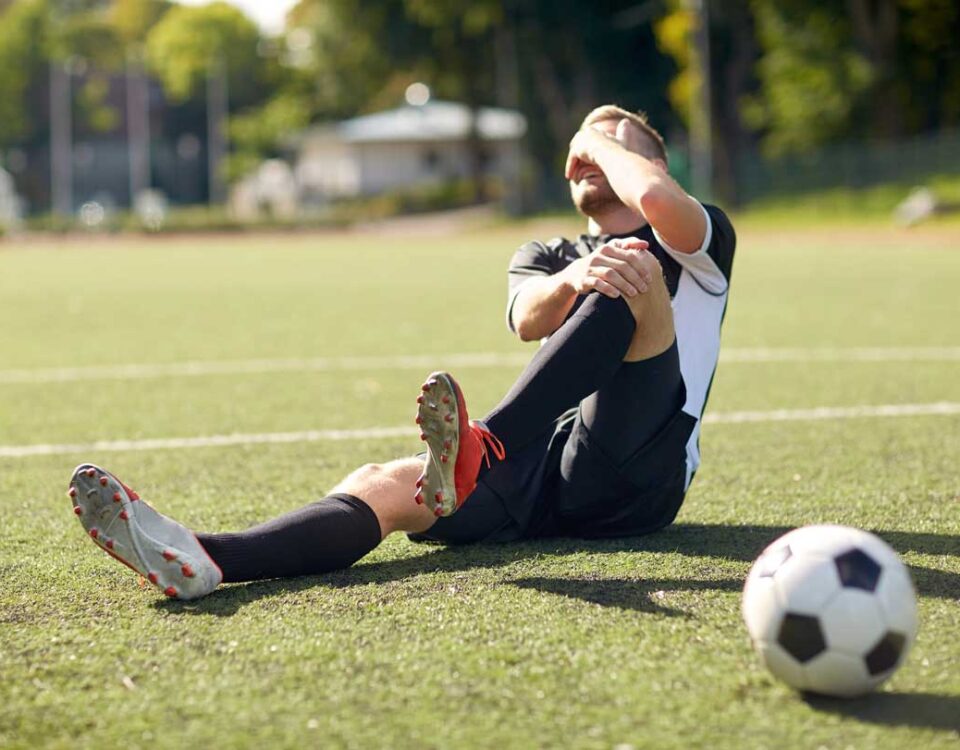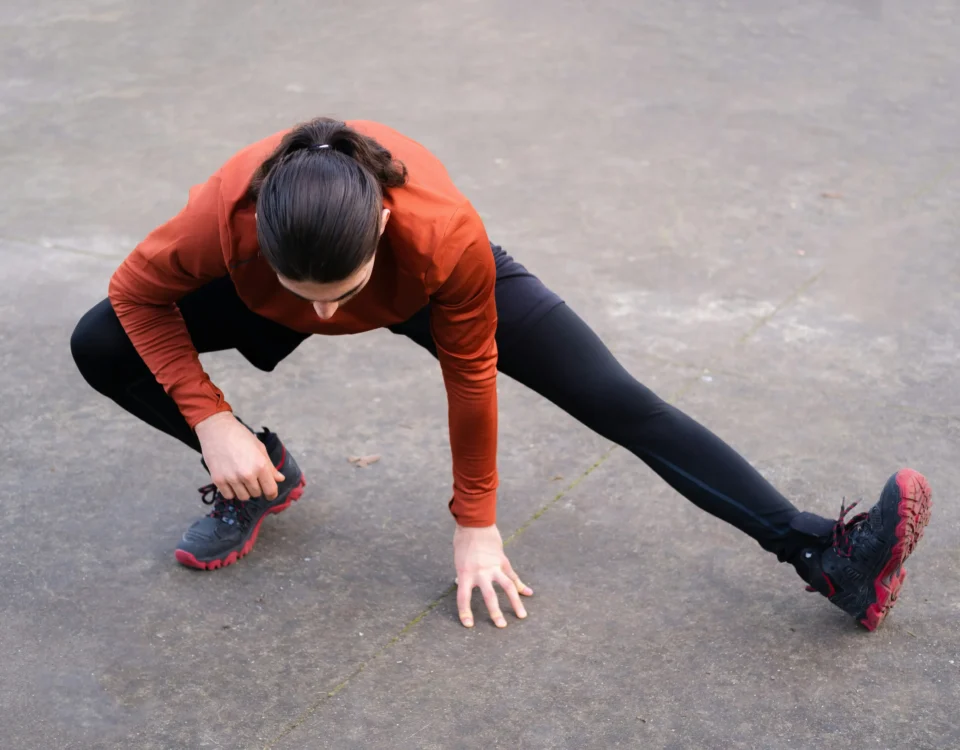
Orthopedics-Approved Exercises for Joint Flexibility
August 12, 2025
Allergy and Immunology Tips for Seasonal Allergy Relief
August 12, 2025Injuries, whether from sports, accidents, or everyday activities, can disrupt your life and leave you feeling frustrated and limited. The good news? Physical therapy exercises are one of the most effective ways to speed up your recovery, reduce pain, and restore strength and function.
Physical therapy (PT) focuses on helping your body heal properly by targeting movement, flexibility, and muscle strength through carefully designed exercises. In this article, we’ll explain why physical therapy exercises are essential for faster injury recovery, share some of the best exercises commonly recommended by therapists, and offer tips to get the most out of your rehab process.
Why Are Physical Therapy Exercises Important for Injury Recovery?
When you get injured, your body naturally protects the affected area by limiting movement and activity. While rest is important in the early stages, too much inactivity can lead to stiffness, muscle weakness, and delayed healing.
Physical therapy exercises help by:
- Increasing blood flow to the injured area, which promotes healing
- Preventing muscle atrophy (weakening) around the injury
- Restoring joint mobility and flexibility
- Strengthening muscles to support and protect the injury
- Reducing pain and swelling through movement and improved circulation
- Improving balance and coordination to prevent future injuries
By following a personalized physical therapy plan, you actively participate in your healing, making recovery faster and more effective.
Types of Physical Therapy Exercises for Faster Recovery
Depending on the injury and its severity, your physical therapist will design a program that might include a combination of these exercises:
1. Range of Motion (ROM) Exercises
These exercises gently move the injured joint or muscle through its natural range without strain.
- Example: For a wrist sprain, you might be asked to slowly bend and straighten your wrist.
- Benefit: Helps prevent stiffness and maintains joint flexibility.
2. Stretching Exercises
Stretching keeps muscles and tendons flexible and helps avoid tightness.
- Example: Hamstring stretches after a knee injury.
- Benefit: Improves muscle length and reduces tension.
3. Strengthening Exercises
These exercises focus on building muscle strength around the injured area.
- Example: Using resistance bands to strengthen shoulder muscles after a rotator cuff injury.
- Benefit: Supports joints and improves stability.
4. Balance and Coordination Exercises
These are essential for injuries affecting the lower body, such as ankle sprains.
- Example: Standing on one leg or using balance boards.
- Benefit: Restores proprioception (body awareness) and prevents re-injury.
5. Functional Exercises
Functional exercises mimic everyday activities or sport-specific movements to prepare you for a return to normal life or play.
- Example: Squats and lunges for knee injury recovery.
- Benefit: Helps regain normal movement patterns and confidence.
Sample Physical Therapy Exercises for Common Injuries
Knee Injury – Quad Sets
- Sit or lie down with your leg straight.
- Tighten the thigh muscles and press the back of your knee into the floor.
- Hold for 5 seconds, then relax.
- Repeat 10-15 times, 2-3 times a day.
Shoulder Injury – Pendulum Swings
- Lean forward and let your injured arm hang freely.
- Gently swing your arm in small circles.
- Perform for 1-2 minutes.
- This improves circulation and reduces stiffness.
Ankle Sprain – Heel Raises
- Stand while holding onto a chair.
- Slowly rise up on your toes, then lower back down.
- Repeat 10-15 times.
- Strengthens calf muscles and improves ankle stability.
Lower Back Injury – Pelvic Tilts
- Lie on your back with knees bent.
- Tighten your stomach muscles to flatten your lower back against the floor.
- Hold for 5 seconds and release.
- Repeat 10-15 times.
- Strengthens core muscles and supports the lower back.
Tips for Maximizing Physical Therapy Success
- Be consistent: Perform exercises as prescribed to see progress.
- Don’t push through sharp pain: Mild discomfort is normal, but sharp pain may indicate overdoing it.
- Communicate: Always update your therapist on how you feel during exercises.
- Use ice and rest as needed: To manage swelling and discomfort.
- Follow a healthy lifestyle: Proper nutrition and hydration support healing.
When to Seek Physical Therapy
If your injury causes pain, swelling, stiffness, or difficulty moving after the initial injury period, physical therapy can help you recover more fully. Early intervention often leads to better outcomes.
5 FAQs About Physical Therapy Exercises for Faster Injury Recovery
1. How soon after an injury should I start physical therapy?
It depends on the injury. Some mild injuries may require rest for a few days, but most therapists recommend starting gentle exercises within a week or two.
2. Can I do physical therapy exercises at home?
Yes! Your therapist will usually give you a home exercise program to complement in-clinic sessions.
3. How long does physical therapy take?
The duration varies but often lasts several weeks to a few months, depending on injury severity.
4. Will physical therapy exercises hurt?
Exercises may cause some discomfort, but they should not cause sharp or severe pain.
5. Can physical therapy prevent future injuries?
Absolutely. By improving strength, flexibility, and balance, physical therapy reduces the risk of re-injury.
Final Thoughts
Physical therapy exercises are a powerful tool for faster and more complete injury recovery. They help you regain strength, flexibility, and confidence, so you can return to your daily activities and sports safely.





